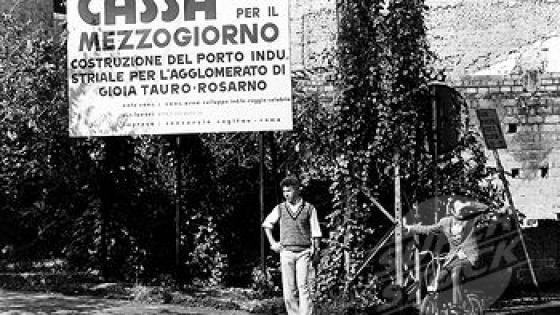DP18082 Risk Management in Traditional Agriculture: Intercropping in Italian Wine Production
In this paper we provide an economic interpretation of intercropping as a risk management strategy based on spatial diversification of production. We study vine intercropping – i.e., scattering vines across fields rather than concentrating them in specialized vineyards - a traditional practice in Italian agriculture. We claim that, in absence of developed financial markets, spatial diversification provided a third layer of insurance to peasants operating in traditional agrarian economies, different from and in addition to crop diversification at the farm level and risk-sharing through tenancy contracts at the estate level. Spatial diversification increased production costs, in particular transportation costs. Hence, the price of this form of insurance (and the likelihood of its adoption) depended critically on the rural settlement pattern. We test our model with data for 1930s Italy, where intercropping still prevailed in many areas of the country. We show that its adoption was positively related to the pattern of scattered dwellings which dated back to the late Middle Ages and reduced transportation costs to individual plots. The mass exodus from the countryside during the economic miracle of the 1950s and 1960s made intercropping no longer viable.


